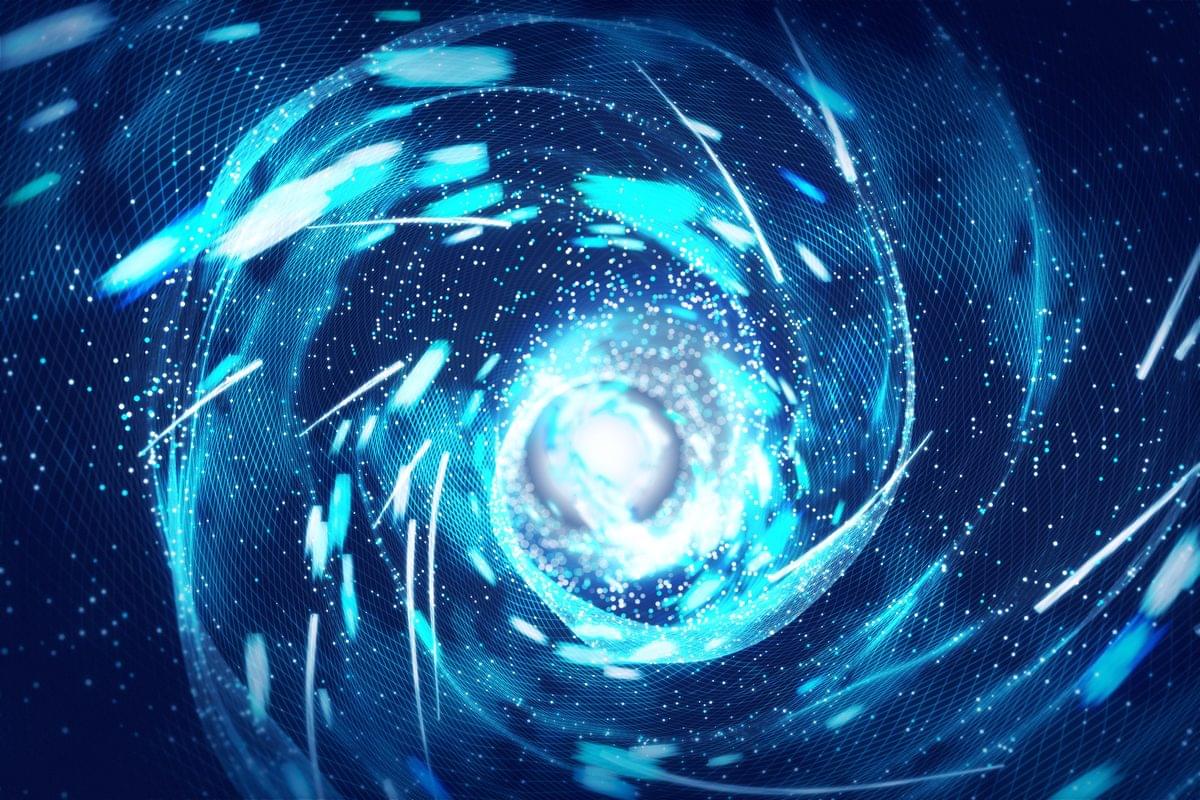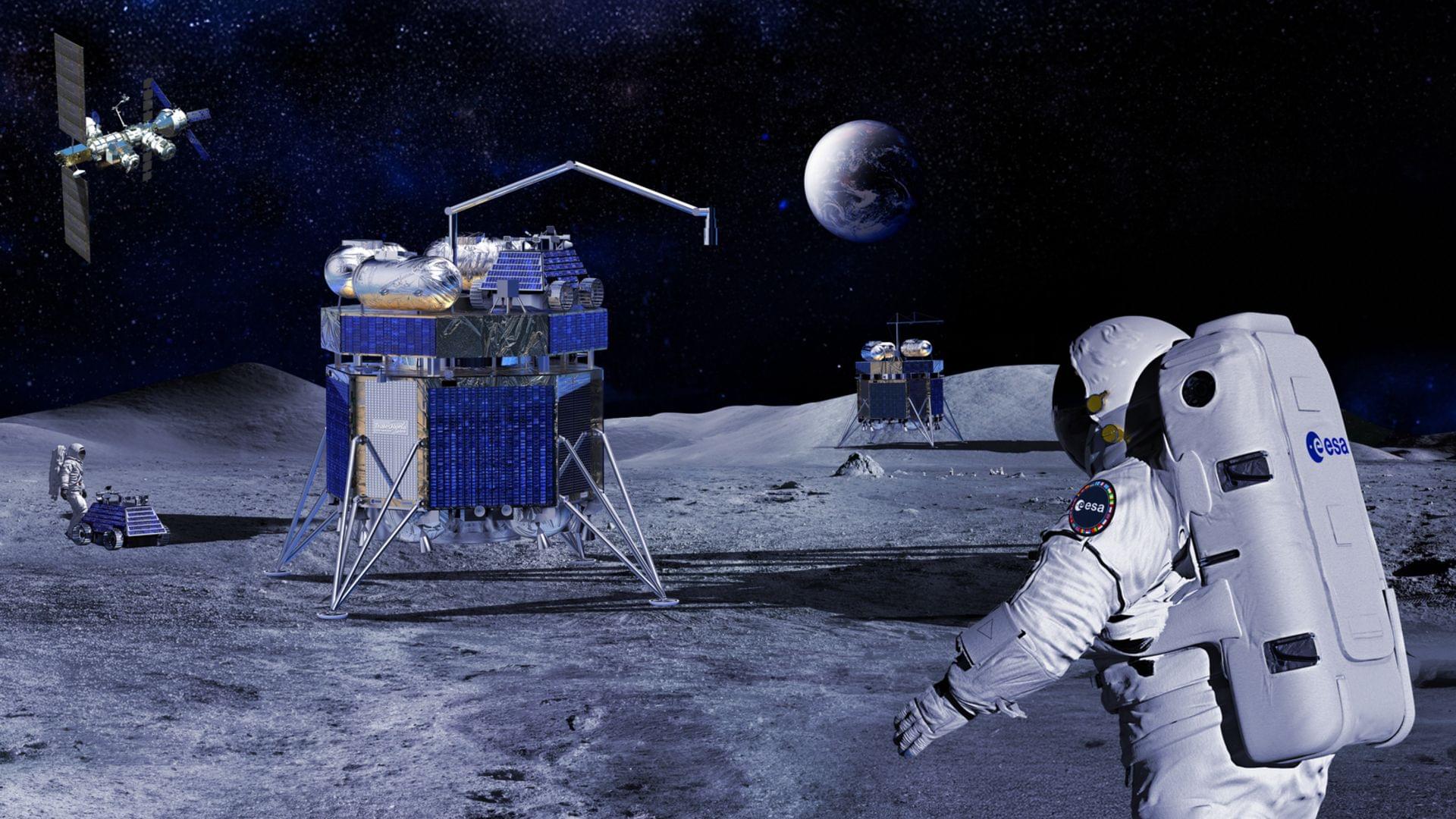SpaceX is preparing for a potential IPO by buying back shares from institutional holders and allowing existing shareholders to sell shares, while its affiliate company Tesla is making progress in autonomous driving technology with plans to launch robo-taxis in multiple cities ## Questions to inspire discussion.
SpaceX Investment Access.
🔐 Q: How can individual investors access SpaceX shares before the IPO?
A: Investors must be accredited with liquid net worth over $1M (excluding home) and can access shares through special purpose vehicles (SPVs) that charge upfront fees and 10% carry on returns.
💰 Q: What is the minimum investment required to buy SpaceX shares directly?
A: Direct SpaceX share purchases require $50M-$1B investments due to SEC’s 2,000 shareholder cap for private companies, making SPVs the only option for smaller investors.






